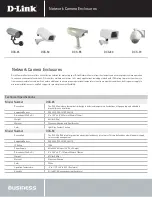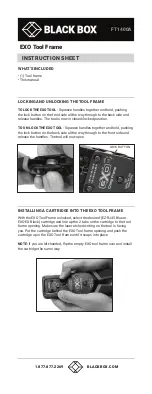
5 - Effects
Core Effects Descriptions
E-MU Digital Audio System
91
The wide dynamic range of the RFX Compressor aside, it's generally a good idea to
maintain the hottest signal levels possible without clipping at the input to any audio
processor.
Parameters
Threshold
Threshold sets the input signal level above which dynamic range compression takes
place. Everything above the threshold will be brought down in volume. The
compression threshold ranges from -0 to -60dB, relative to full scale (0dBFS) input.
Setting the Threshold to 0dB disables normal compression, since no signal can exceed
the maximum possible input level. A Threshold setting of 0dB is still useful, however,
when using soft-knee compression or gating, since these actions occur below (and their
thresholds are set relative to) the Threshold parameter.
Gain Reduction Meter
As input signals exceed the Threshold, the rightness character in the bargraph is lit, and
successive characters are lit for each approximately 3dB in gain reduction imposed by
the compressor on the input signal. Because this is a compression meter and not a level
meter, the same input signal level will show widely varying meter readings depending
on the setting of the Ratio parameter.
Ratio
Sets the ratio of output signal to input
signal levels, selectable in 16 steps
from 1:1.1 to 1:INFINITY.
When Neg Compression is set to
Enabled, the range of compression
ratios extends beyond INFINITY to
encompass negative compression
ratios from 1:-100 down to 1:-1, which
can be useful for applications like
ducking and other special effects.
See the discussion of the Neg
Compression parameter on
page 96
.
Attack
Sets the amount of time that the compressor's level detector will take to respond to an
increase in signal level. The Attack range is adjustable from Instantaneous (essentially a
peak detector that follows individual samples) to 10 seconds (useful for long-term
leveling or automatic mixing applications.)
Release
Sets the amount of time that the compressor's level detector will take to respond to a
decrease in signal level. The fastest Release time is 100 microseconds, useful for some
special effects but highly prone to distortion; more typical release times are in the range
of 70 milliseconds to 1 second. Release times up to 10 seconds are available for long-
term leveling or automatic mixing applications.
When the Auto-release parameter is in its signal-dependent settings, the Release time
shown represents the shortest possible release time. In Auto-release modes the displayed
Release time will be automatically extended depending on the dynamics of the input
signal.
0dB
1.1:1
1.5:1
2:1
3:1
10:1
:1
-30dB
-80dB
Threshold: -30dB
8
f
Tip:
A ratio of
Infinity:1 combined
with high threshold and
fast attack/release
results in an effective
peak limiter.
Summary of Contents for 1212M
Page 1: ...1820 1820 Owner s Manual Owner s Manual ...
Page 8: ...8 E MU 1820M 1820 1212M PCI Digital Audio System ...
Page 54: ...4 The PatchMix DSP Mixer Main Section 54 Creative Professional ...
Page 110: ...5 Effects E MU E Wire VST 110 Creative Professional ...
Page 116: ...6 Using High Sample Rates Overview 116 Creative Professional ...
Page 138: ...7 Appendix Internet References 138 Creative Professional ...
















































